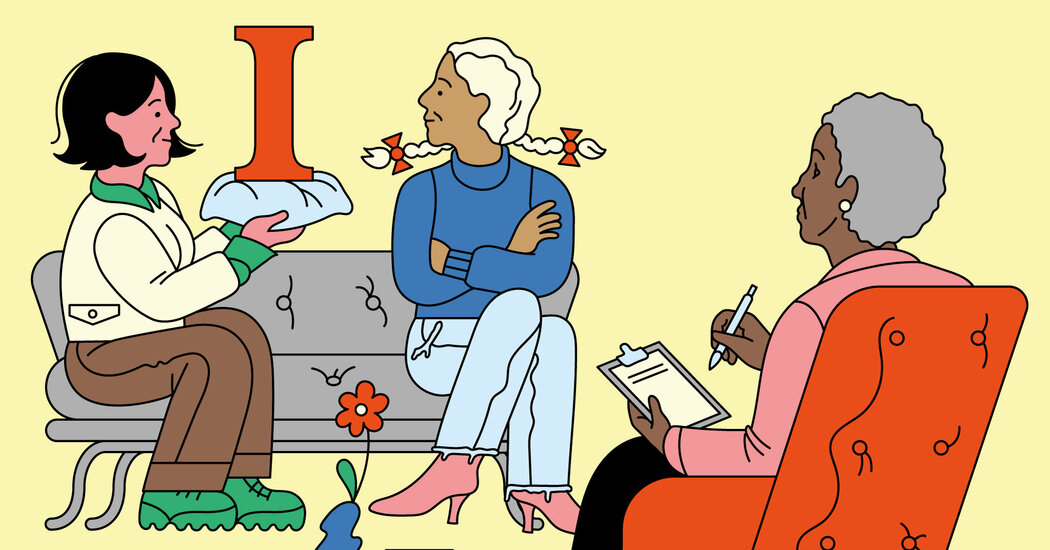“I statements” can help reduce conflict and defensiveness — even if you feel silly while using them.
Imagine telling your partner a story.
You’re just getting to the good part — the crazy thing your boss said, or the irresistible face the dog made — when you realize he is staring at his phone.
Your first instinct might be to pout or get indignant. Or you might try a more therapized tack.
“I feel frustrated,” this enlightened version of you would say, “when you look at your phone while I’m talking to you.”
Congratulations! You have successfully deployed an “I statement” — a communication tool beloved by many couples counselors, who recommend it to clients to help curb defensiveness, have more fruitful discussions and, yes, fight better.
Therapists know the advice is a bit … cringe. Jessica Grogan, a licensed marriage and family therapist based in Austin, said that when she talks to her clients about the merits of “I statements,” she braces for eye rolls.
“I know this is a therapist cliché,” she said with a laugh. But if you believe, as Dr. Grogan does, that relationships are ongoing negotiations, then “the best way to do that is with ‘I statements,’” she said.
Here’s how they work.
What an I statement is (and isn’t)
The basic recipe for an “I statement” is: I feel X when Y happens, explained Tracy Dalgleish, a psychologist based in Ottawa who works with couples.
